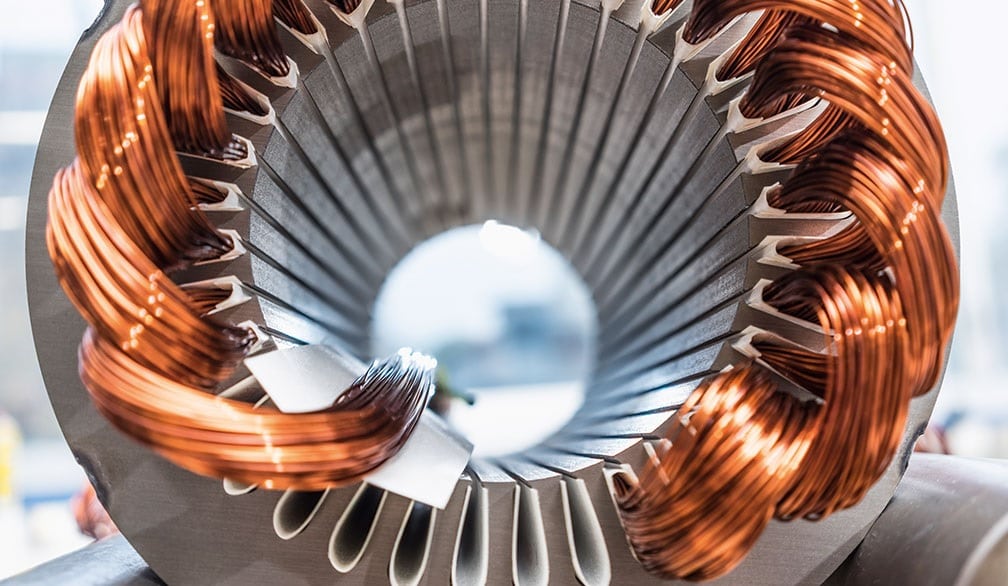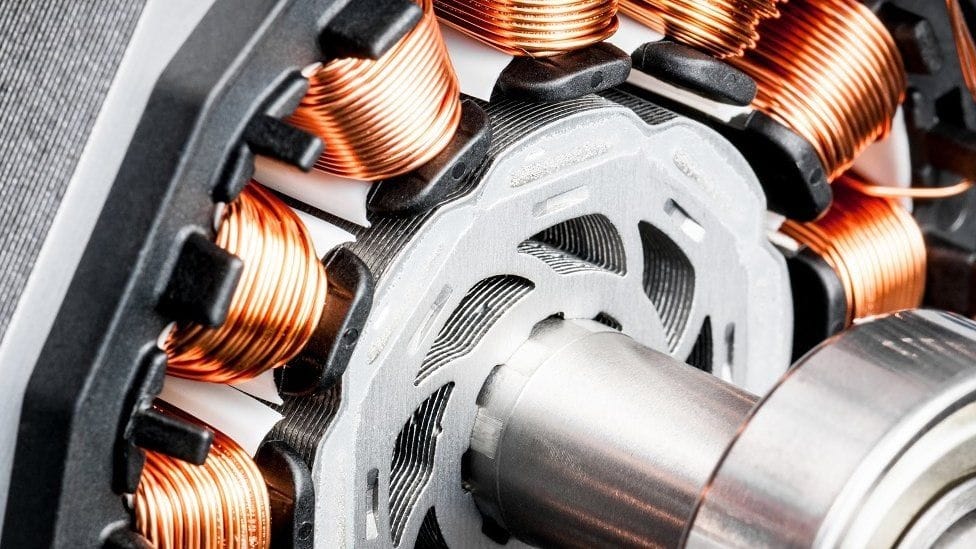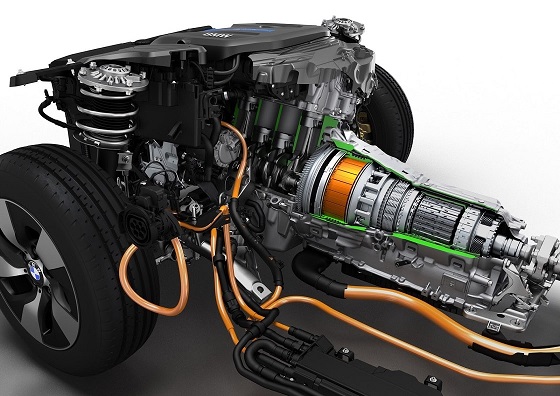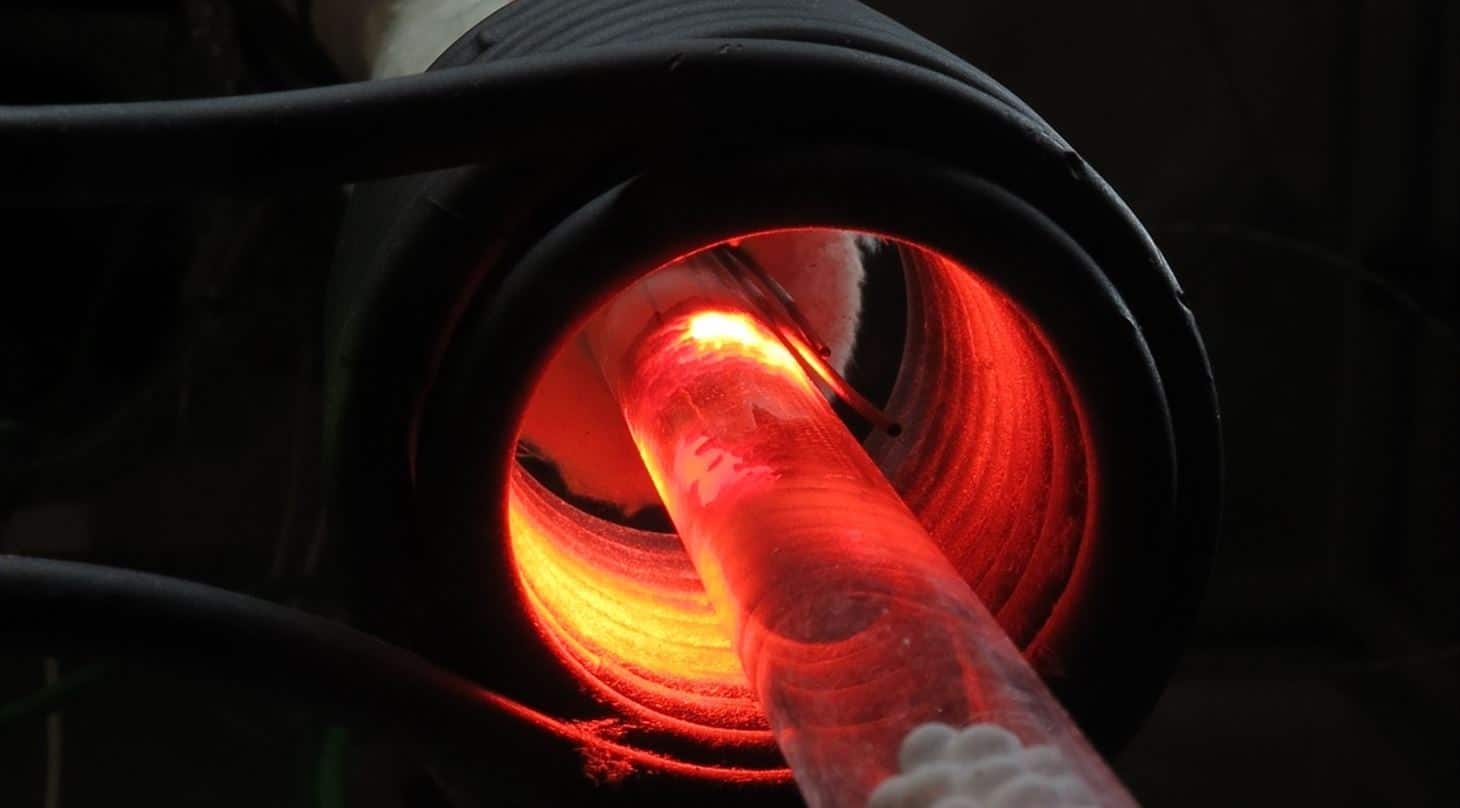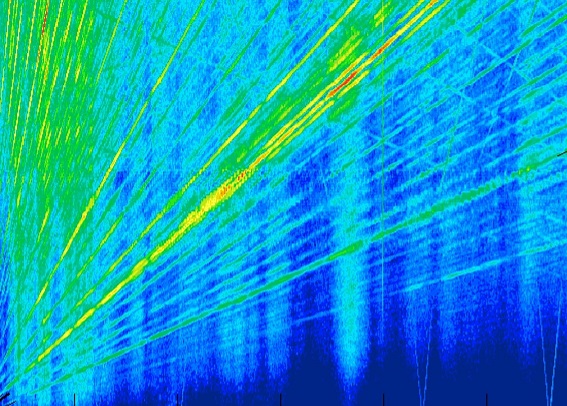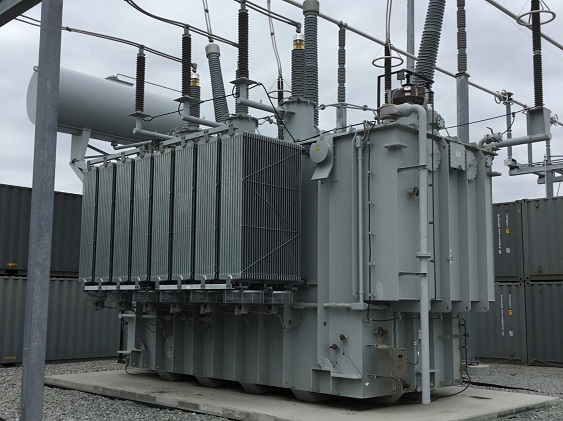Electromagnetic Multiphysics
Electromagnetic Multiphysics
Artificial Intelligence Analysis
FEA|CFD & AI Integration
The objective of Electromagnetic Multiphysics is to provide engineers and designers with the ability to accurately model and simulate electromagnetic phenomena in various industrial applications, including automotive, aerospace, energy, and medical devices. Electromagnetic Multiphysics has numerous applications, including the design and optimization of electric motors, transformers, generators, antennas, microwave circuits, power electronics, and other electromechanical devices.
Our Finite Element Electromagnetic Field simulation solution which uses the highly accurate finite element solvers and methods such as Ansys Maxwell/HFSS, Simulia Opera/CST, JMAG, Cedrat FLUX, Siemens MAGNET and COMSOL to solve static, frequency-domain, and time-varying electromagnetic and electric fields includes a wide range of solution types for a complete design flow for your electromagnetic and electromechanical devices in different industries.
Contact US and Discover Solutions

